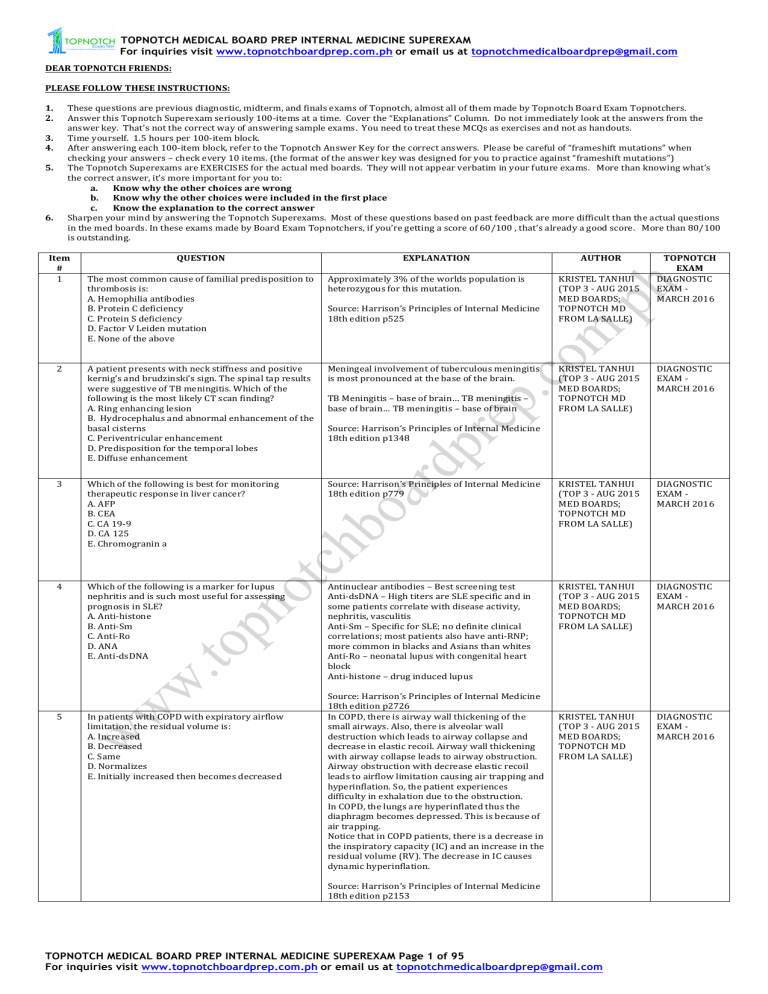You Are Assessing a Man With Suspected Hypothermia
You are dispatched for a report of breathing difficulty. Shivering is not a consistent symptom.

Patient Assessment Flashcards Quizlet
Assess the patients peripheral perfusion at frequent intervals.

. You are assessing a man with suspected hypothermia. You can treat mild hypothermia by moving to a warm location changing out of wet clothes and using dry clothes and blankets to help get warm. The patients skin will look pale and cool to the touch with delayed capillary refill.
However if a patient is shivering core temperature is 30 C. As hypothermia advances vasodilation transpires furthering heat loss. Hypothermia is a medical emergency.
After the shivering confusion slurred speech numbness and clumsiness have manifested a cold exposure victim will also get very tired. A diagnosis may not be readily apparent however if the symptoms are mild as when an older person who is indoors has. The diagnosis of hypothermia is usually apparent based on a persons physical signs and the conditions in which the person with hypothermia became ill or was found.
Restore Warmth Slowly. The patient is conscious and alert and is actively shivering. This weariness is a very serious warning sign.
You are assessing a man with suspected hypothermia. Begin CPR if Necessary While Warming Person. Blood tests also can help confirm hypothermia and its severity.
A hot bath hot tub or sauna will cure hypothermia. Imagine this is a real situation and how you would react manage and report the incident. If you suspect that someone has hypothermia and emergency help is not available right away move the person to a warmer location if possible and wrap them in a warm blanket to stop further heat loss.
Family members relate that he began coughing then couldnt talk after that. Accurate because shivering affects hemoglobin binding. A link is provided per question so you can easily refer back to the scenario or First Aid eBook for the answers.
Answer the following 17 questions based on the provided First Aid scenario below. Tests of central thermoregulatory function in a young man suffering from repeated episodes of hypothermia revealed defects in the heat-conserving mechanisms of peripheral vasoconstriction and shivering. You are assessing a man with suspected hypothermia.
The pulse oximetry reading is MOST likely. Call 911 if you suspect hypothermia. The pulse oximetry reading is MOST likely.
Assess fluid statusthis is vital because patients with hypothermia are often hypovolaemic due to dehydration and sepsis If dehydrated give warm intravenous fluids see below Insert a urinary catheter if necessary to monitor urine output. Upon arrival you find an 80 year old male being held upright in a chair at the table. His respiratory rate is increased but his breathing is unlabored and the pulse oximeter reads 72.
Effects of desmopressin on platelet function under conditions of hypothermia and acidosis. When answering these questions imagine how youd feel and which actions youd. If you suspect a patient has hypothermia in their own home emergency services should be called.
Hypothermia initially precipitates peripheral vascular constriction as a compensatory mechanism to minimize heat loss from extremities. The goal of hypothermia treatment is to increase your body temperature to a. It can be suppressed for various reasons and should not be used to diagnose the degree of hypothermia.
Hypothermia victims often go to sleep just before dying. At the hospital the medical team may insert an IV with warm fluids give you warm air through a breathing mask or use a machine. He is unable to speak and appears to be unable to stand.
His respiratory rate is increased but his breathing is unlabored and the pulse oximeter reads 72. His respiratory rate is increased but his breathing is unlabored and the pulse oximeter reads 72. 101046j1365-2044200001319x PubMed 20477783 Hanke AA Dellweg C Kienbaum P Weber CF Görlinger K Rahe-Meyer N.
You should use a thermometer. An in vitro. Using the level of consciousness is the best way to assess hypothermia if a core temperature cannot be measured.
The pulse oximetry reading is MOST likely. The correct answer is. If the temperature appears to be below 96 degrees F 355 degrees C or you cant read it on an oral thermometer take the persons temperature again using a rectal thermometer for a more exact reading.
Call 911 immediately if you suspect that you or someone you know has hypothermia. If hypothermia is more severe seek immediate medical care or call 911. All patients with suspected hypothermia should have a complete history and physical exam to exclude local cold-induced injuries and assess for signs of trauma or other illness that may have caused their exposure to the cold.
The patient is conscious and alert and is actively shivering. Serial electroencephalographs suggested a deep midline cerebral lesion but tests of hypothalamic-pituitary axis metabolic functions were normal. The patient is conscious and alert and is actively shivering.
An assessment of the thermal safety of microwave warming of crystalloid fluids. Symptoms of hypothermia in adults and children include. The patient is breathing normally when you assess him.
Keep them awake if possible as you warm them up.

Kupdf Net 9 Topnotch Internal Medicine Superexampdf
No comments for "You Are Assessing a Man With Suspected Hypothermia"
Post a Comment